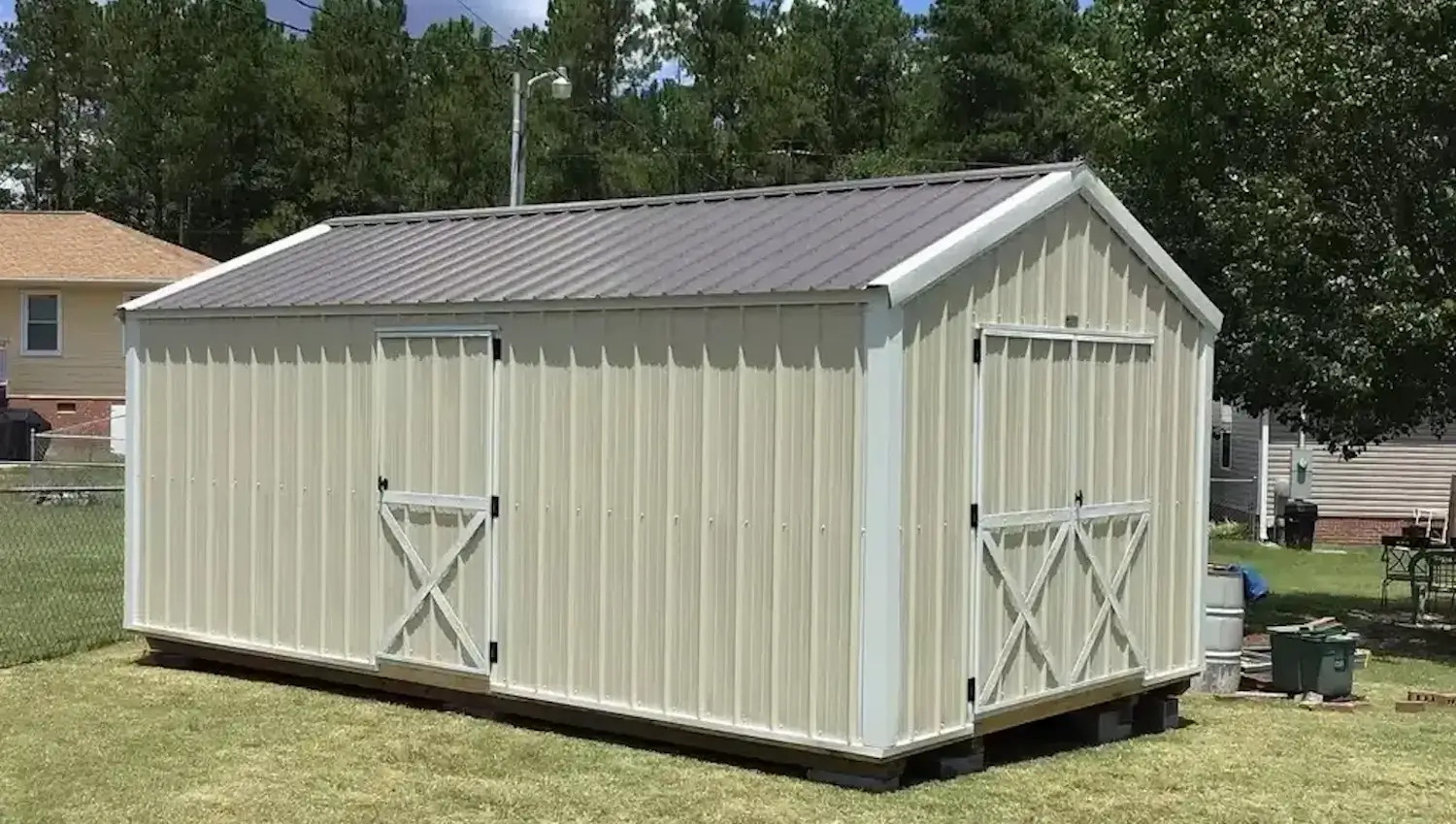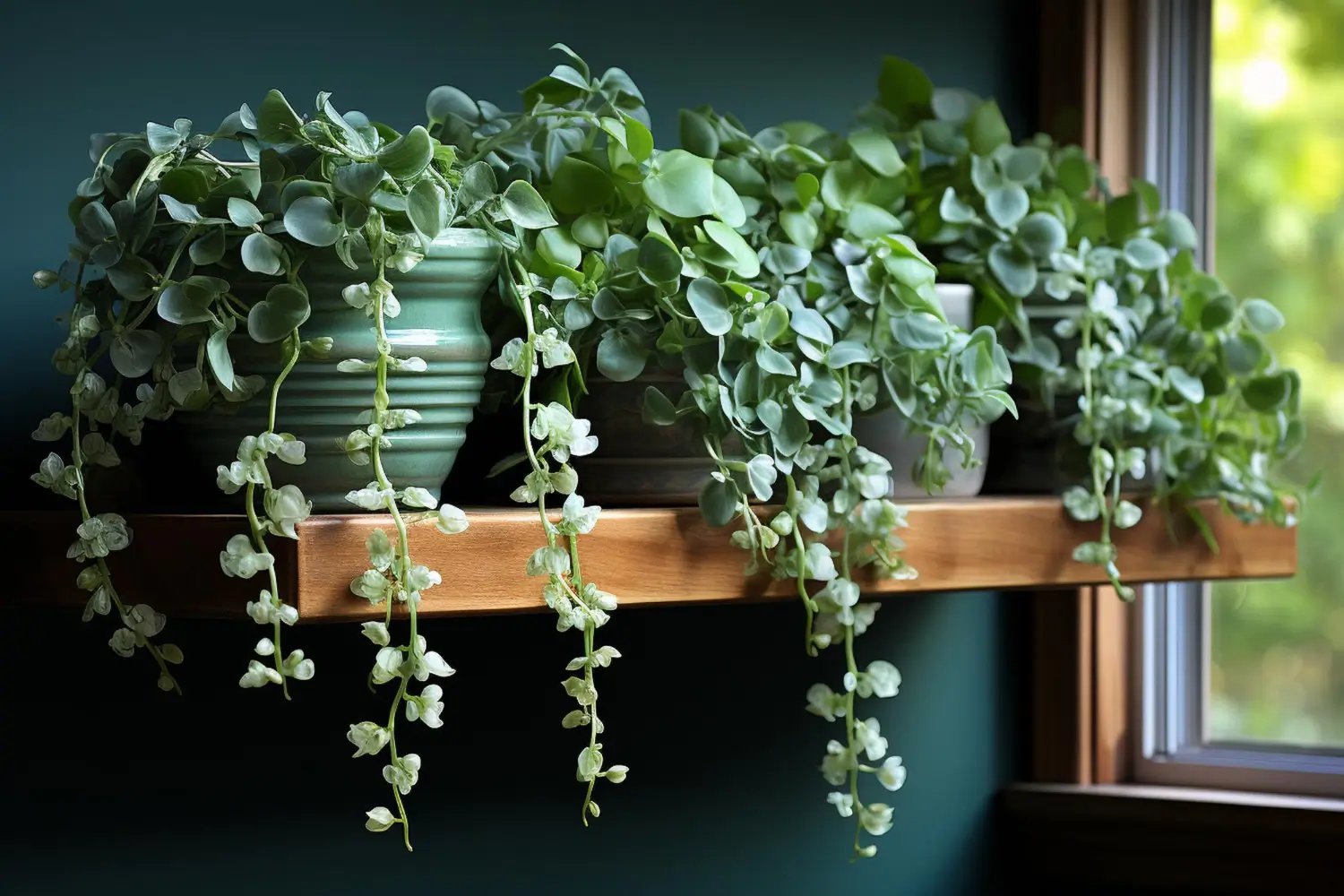
August 24, 2025

Homes and gardens are now smaller and many people struggle with how to add greenery that will flourish in the space they have available. The hanging plants are the best when it comes to trailing plants, because they can be grown in small spaces like shelves, baskets and garden walls, so great for use in apartments or anywhere where there is limited space to work with. They are also lower maintenance plants thereby a preferred choice for people who want to beautify their spaces without much trouble.
It depends on the light, temperature and the look of the space to choose the right trailing plant. Some plants flourish in low light which is perfect for an indoor setting while others need all the sun and have been found to be optimal for wall gardens. This article looks at the best 10 easy care trailing plants and will include details on how to grow and care for each. It helps to find the ideal plant for the needs whether that means something small in an apartment or a larger plant in a garden.
Trailing plants, also known as cascading or vining plants, are a type of plant group that grows by extending their stems or vines along the ground up supports or down from hanging baskets and containers. Mostly, these plants have long stems or vines that grow by “trailing”, creating a waterfall-like effect. Trailing plants will climb if given supports (such as a trellis or wall) or otherwise spill over the sides of containers and hanging baskets.
Here are a few characteristics of trailing plants.
Cascading plants for planters is the best way to bring the small space together and add that natural element with just a little bit of effort and maximum beauty.
Trailing plants can turn even the most sterile shelves, empty hanging baskets, or bare garden walls into lush green spaces. Not only are they aesthetic but they can be grown in multiple ways. But also, succulents are low on maintenance, making them the perfect choice both for novice gardeners and experienced ones. So, here is a list of the top 10 trailing plants to adorn the spaces effortlessly.
Pothos plant is well-known for its heart-shaped leaves and trailing vines. It's a tougher low-maintenance species. This plant is a common favorite for indoor areas for its versatility and low-maintenance nature.
Ideal For: Indoor shelves, hanging baskets, and as a decorative vine for wall installations.
Care Tips:
String of Pearls succulent displays bead-like foliage cascading from the edge of the pot. It is an excellent option for anyone wanting to add a touch of imagination to their space.
Ideal For: Hanging baskets and indoor shelves.
Care Tips:
Petunias are amongst the most colorfully trailing of plants due to their vivacious blooms. Their vibrant flowers are an immediate mood booster.
Ideal For: Growing in hanging baskets or on garden walls outdoors.
Care Tips:
Calibrachoa, also known as Million Bells, is a small plant with petunia-like flowers in just about every color of the rainbow. With a thick and trailing habit, it makes an excellent hanging basket or container specimen.
Ideal For: Hanging baskets, containers, and as an ornamental filler plant in garden beds.
Care Tips:
For a ground cover, Creeping Jenny has rounded green leaves. A good ground cover, they can also be trained along garden walls and into hanging baskets.
Ideal For: Garden walls, ground cover, and containers.
Care Tips:
Dichondra ‘Silver Falls’ is well known for its fast growing silvery-green leaves and it makes the perfect cascading plant for planters over the edges of baskets and containers.
Ideal For: Garden walls, containers, and hanging baskets.
Care Tips:
Ivy is a common evergreen vine. It features lobed leaves and has the ability to climb or trail, both indoors and outdoors. It is commonly grown on walls, fences or as a hanging plant.
Ideal For: Indoor shelves, garden walls and near the sidewalks.
Care Tips:
The sweet potato vine is a fast grower with pretty green, purple and copper leaves that trail attractively. It is ideal for both decorative and edible uses.
Ideal For: Hanging baskets, containers, and garden beds.
Care Tips:
The Tradescantia Zebrina or Wandering Jew has beautiful purple and silver striped leaves that cascade from shelves and baskets. It is great for adding some color and dimension to your home.
Ideal For: Indoor shelves, hanging baskets, and as a decorative filler plant.
Care Tips:
There are many varieties and subspecies of the Boston Fern, but in general, its distinguishing attributes are its feathery fronds and arching limbs. A great hanging or shelving addition to any home or outdoor decor that brings a rustic and classy look.
Ideal For: Indoor shelves and hanging baskets.
Care Tips:
If choosing hanging plants, remember that they need specific conditions of the indoor or outdoor space. If the environment is a good match for the plant, the plant won't need much attention in order to thrive.
The biggest considerations for indoor trailing houseplants are adjusting to lighting, humidity, and temperature. Having the correct lighting is essential. Lighting is a basic drive for plant growth.
Lighting Conditions
There are different light requirements for trailing plants.
Humidity and Temperature
Tropical plants can struggle to survive in the low humidity air found inside many homes, especially during winter.
Outdoor spaces provide a greater amount of natural light and offer more simulations from higher UV sunlight ranges but may also present a wider array of adversarial environmental factors such as direct extreme sunshine and temperature extremes. For outdoor trailing vines, consider where people want them to grow in terms of sunlight exposure and climate.
Sunlight Exposure
Climate and Seasonal Changes
Always remember that those outdoors are more exposed to the extremes in temperature, so choose the varieties accordingly. Trailing Petunia and Calibrachoa work well in the warmer climates, while Creeping Jenny and some varieties of Ivy can withstand cooler temperatures.
Vibrant Displays
Trailing Petunia and Calibrachoa provide stunning blooms in a variety of colors for vibrant, eye catching displays while Sweet Potato Vine offers an array of foliage color choices. These plants do best in full sunlight and are easy to arrange into color spectrums that shift with the seasons.
If you want the trailing plants to thrive and beautify the space, you will need to care for them properly. Some key things to highlight:
All plants have different watering requirements. The majority of hanging plants want to be watered when the top inch or so of soil is dry. But be prepared to adjust for the plant.
For example, Pothos can survive long droughts, while Boston Ferns need constant watering to keep their soil moist.
Apply a balanced, water-soluble fertilizer during the growing season, usually spring and summer as long as the plant is actively growing.
Regularly pruning trailing plants will keep them dense rather than leggy and weak- stemmed, as well as remove dead or damaged stems.
Tie them loosely to support or gently guide them where you want them to go.
Trailing plants are often infested with common pests, such as aphids and spider mites, especially in indoor environments.
Hanging plants can make a lot of impact in small spaces with little horizontal space, and they pack a visual impact indoors or outside. Their cascading, trailing vines can instantly fill in small spaces like shelves, baskets and garden walls with bright green color.
With minimal maintenance and diligent care through timely watering, the occasional prune, and vigilance against pests, these plants will grow to create a lush look in any area. Growcycle marketplace offers a lot of advice and tips about how to care for growing different types of plants including trailing flowers for balconies and more, with the ambition to help gardeners make the best choice depending on where users want to place them.
Disclaimer: This material is for informational purposes only and should not be relied on for legal, medical, financial, or any other form of professional advice.
Good options for hanging baskets include Trailing Petunia, Calibrachoa (Million Bells), and String of Pearls. These plants provide vibrant color and cascading growth, perfect for hanging displays.
Use Ivy and Creeping Jenny for trailing plants on a wall. They are tough, fast growing and great for giving an evergreen cascade over garden walls or fences.
Place Pothos and Tradescantia on bookshelves. These plants support trailing vines, which means they take up little space but still add a touch of greenery to the home.